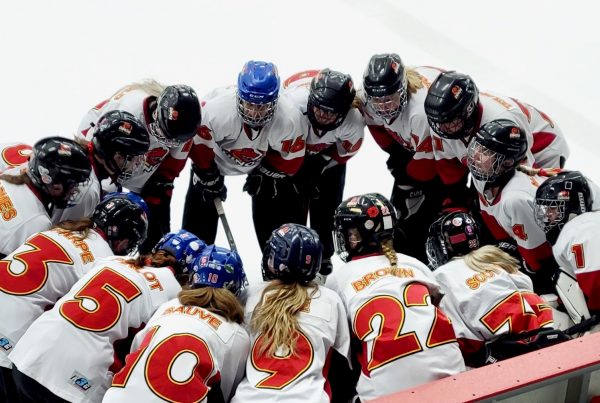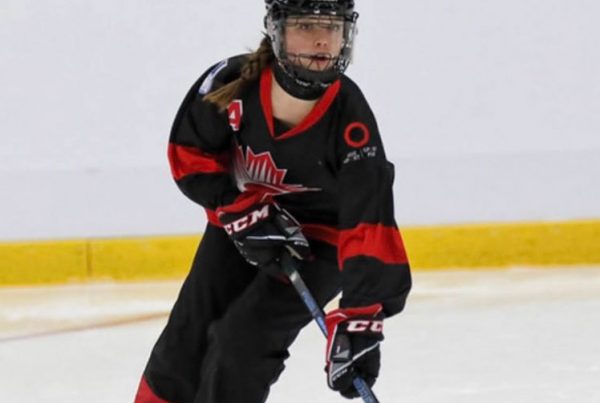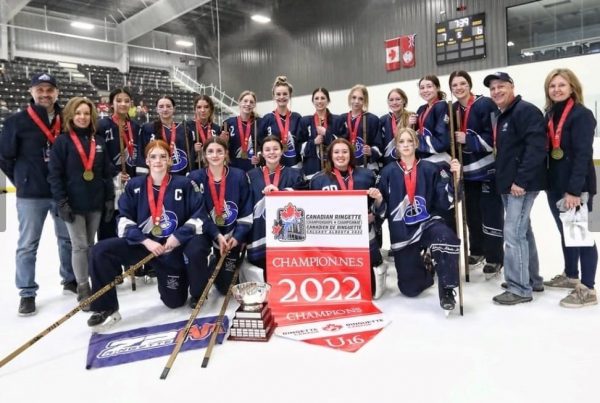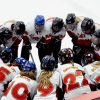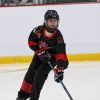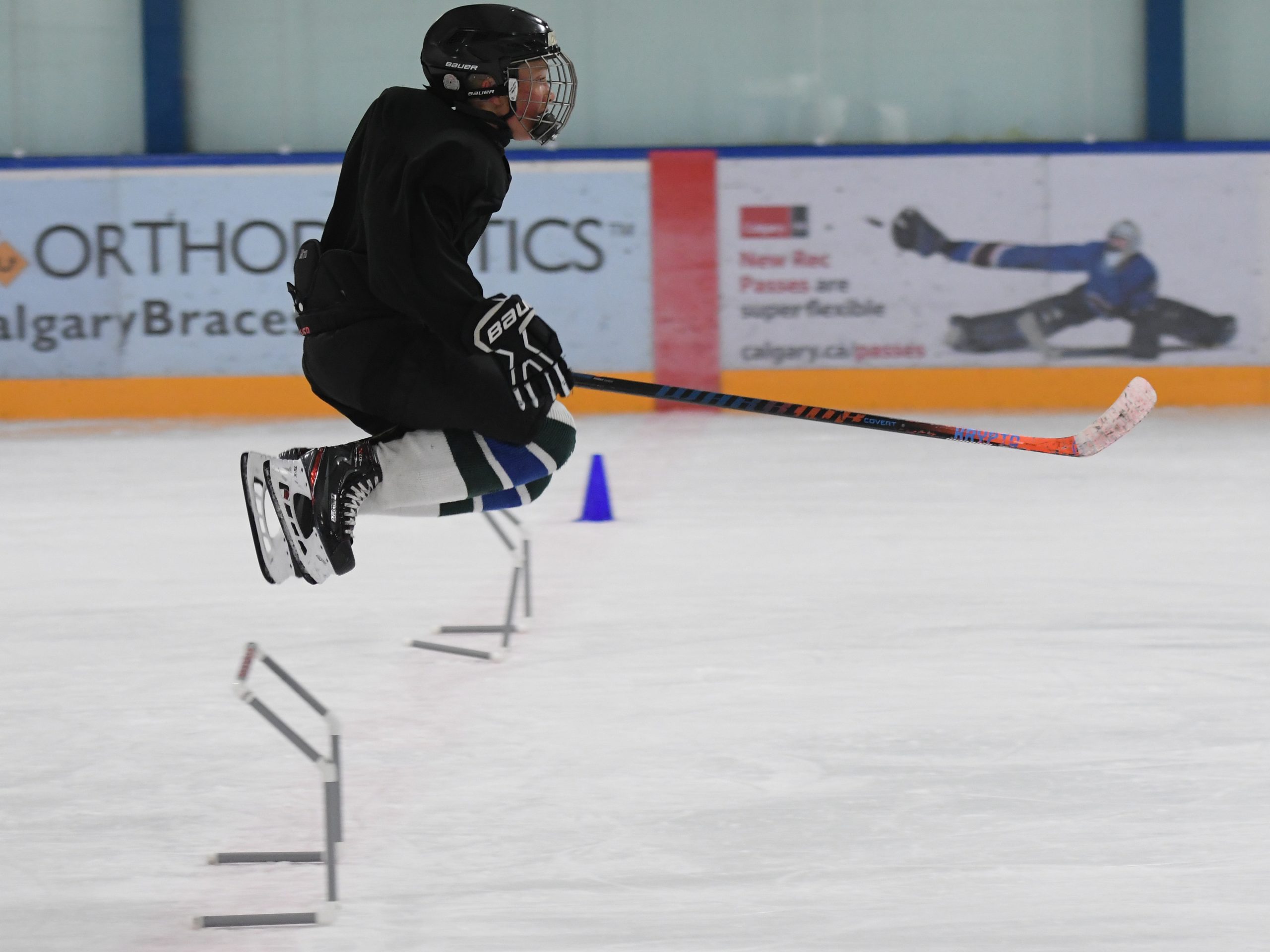
How we made summer camps a success in a year of COVID-19!
In the Spring of 2020 city arenas were closed due to COVID-19 and summer ice permits were cancelled. Late June some arenas opened for July ice and then shortly after a limited number of arenas were announced to be reopened for August/September camps. I was fortunate to be able to rebook ice for most of my August camps plus an additional 4-day camp the first week of September.
Due to arena closures some of the camp locations and/or class times had to be changed so many registered families had to be shuffled around.
In planning for the summer camps, I modified all my on-ice plans to keep skaters physically distanced and I added many new and interesting drills. I also decreased the number of participants on the ice for each session. It was an opportunity to try out a lot of new things.
Due to COVID-19 there were important protocol that we had to follow. For example; Guidelines for Sport, Physical Activity and Recreation – Stage 2
Some of the things that Clark Power Skating did to run a successful physically distanced camp included:
- No give-aways at the front desk on Day 1 of camp.
- Email to parents and coaches with list of Health and Safety Guidelines and expectations to follow.
- All lesson plans and drills modified to allow for more distance on the ice.
- Numbers capped at 15 skaters in each class to allow for more room on the ice, and in the dressing rooms and hallways of the arena.
- Deleted chalk talk/white board to avoid the congregating of skaters. Demonstrated all drills.
- Less coaches on the ice – Three assistant coaches and one head coach for better than 4:1 teaching ratio.
- Tape marks on the boards indicating to skaters where to place water bottles for physically distanced water breaks.
- Marks on the ice for younger skaters as a reminder to stay 2m back from other players when waiting in the lines.
- Deleted all compete drills, partner drills, and scrimmages. Added new drills, modified compete drills with staggered starts, and fun relay races replaced scrimmages.
- Started each session physically distanced on the centre circle. This was to avoid the usual congregating of players in front of the coach. Used hockey stick or ringette stick with a fully extended reach to help remind of the 2m distance needed between players and coaches.
- At the start of the session on day 1 of the camp all rules and protocol were reviewed with the group.
- Ended each class on the same centre circle and dismissed skaters one at a time to avoid the crowd exiting the ice. One coach was assigned this duty of monitoring.
- Used a separate entry gate and a separate exit gate on and off the ice.
- Took daily attendance every session. On ice one coach was assigned this duty.
- Hand sanitizer on ice for coaches if needed.
- Disinfected all equipment daily – pylons, pucks, rings.
- Limited numbers in dressing rooms to a maximum of 7 with overflow on benches.
- Physical distanced in coach room.
- Masks worn in all areas of the arena except on the ice.
- Spectators allowed at city arenas with masks and socially distanced.
As a result, the camps were highly successful, sessions were full, instructors were excellent, and the feedback was super positive. Skaters and families were so happy that we were able to offer the camps and appreciated the efforts that we went to in keeping everyone safe!

